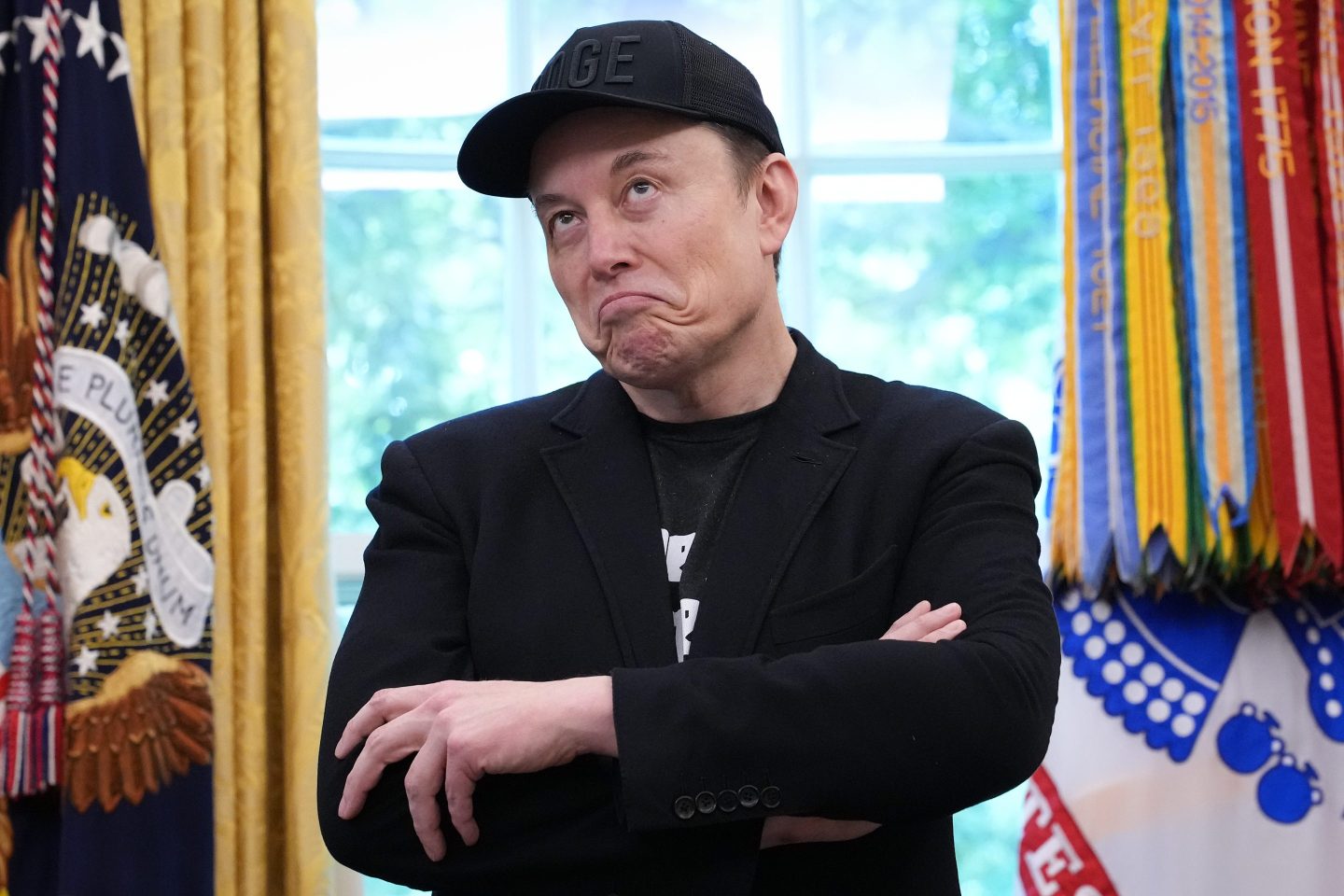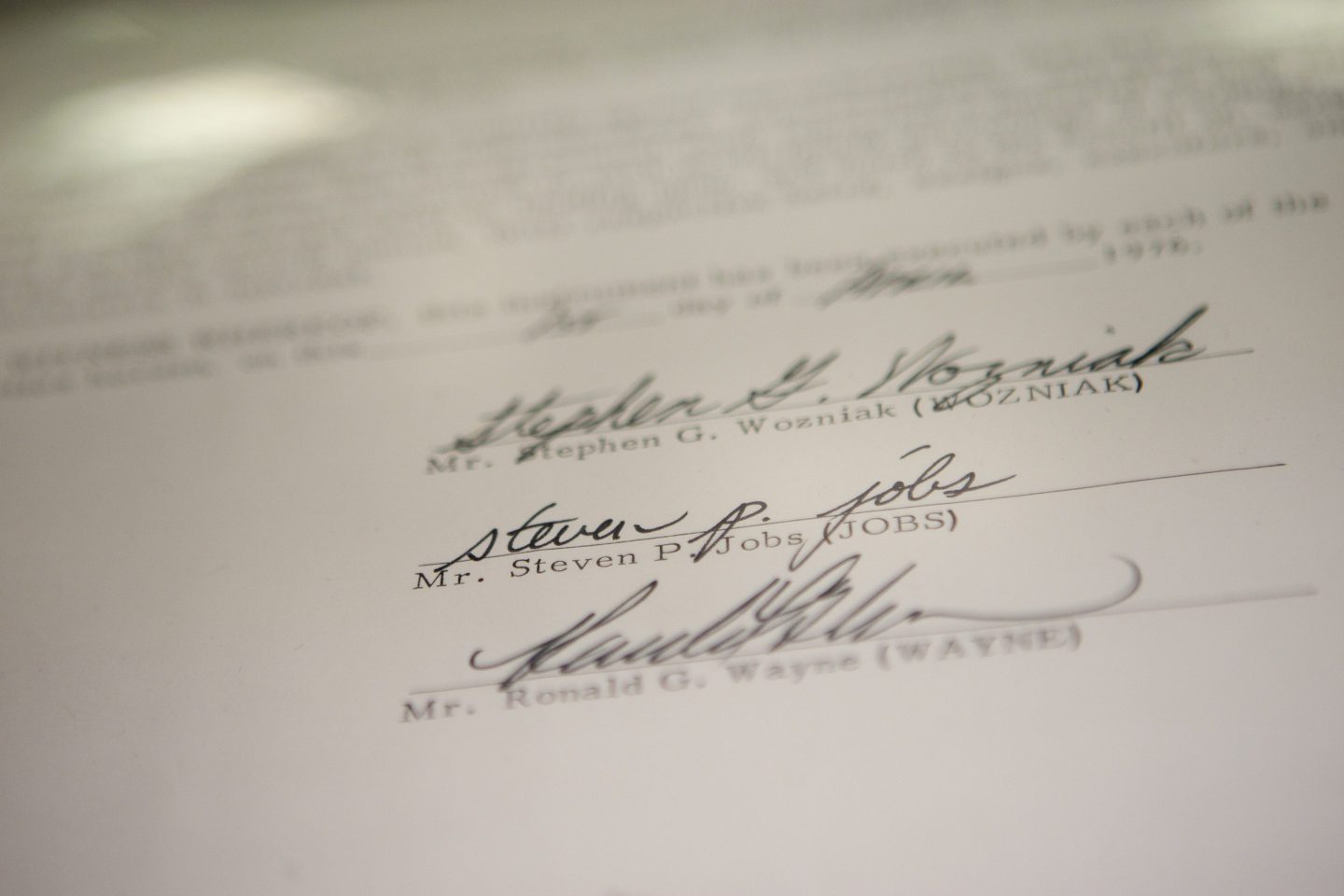California State Route 73 is a strange road. It’s tolled, for starters—rare in the state that invented the freeway—and it doesn’t see much in the way of traffic slow downs, even though it runs near some of the most heavily used highways in America. Its route lies entirely within Orange County, a Republican-voting island in a sea of blue for some 80 years, until it flipped on Nov. 8. And it was built with private investment, a tactic President-elect Donald Trump says he plans to use to build many more roads in coming years.
Claiming to know what Trump has in store post-Inauguration, or even post-breakfast, is a mug’s game. But it’s safe to say he likes infrastructure. He talked about it all the time on the campaign trail, promising a $1 trillion investing blitz. And again mere hours after declaring victory: “We’re going to rebuild our infrastructure, which will become, by the way, second to none.”
But just what he means by infrastructure is unclear. The word itself wasn’t used much at all until the 1980s, and is imprecise. When Trump talks infrastructure he often doesn’t simply list bridges and tunnels, but also schools and hospitals. In other words: real estate.
The Trump administration’s current public infrastructure plan is perhaps best viewed through that lens. A campaign position paper describes it as a pivot from “bureaucracies” toward “transactions.” Private companies will not simply bank-roll and build our infrastructure, but own it, incentivized by massive tax credits, worth 82% of the down payments. With $167 billion in private investment, the $1 trillion plan does not hit taxpayers, the authors claim, because the tax credits would be offset by new revenue from the economic stimulus created.
The plan has a tidy, circular sort of logic to it. Still, it’s seen its fair share of criticism. The 82% tax credit, for example, means that savvy investors can suddenly own and collect tolls on a very expensive road after putting up relatively little in real dollars. Ronald Klain, who oversaw President Obama’s infrastructure act, has called it “a massive corporate welfare plan for contractors.” There’s also a wariness of private sector creep and incentivizing profit seeking from places where logic holds profit should not be sought. Doctors in a privatized hospital might perform unnecessary surgeries to improve the bottom line, so how might contractors installing pipes for water, say, try to come out ahead? A road or a bridge can always add a toll, but for plenty of basic infrastructure, the path to profit is far more opaque.
Even a road can be tricky. Take Route 73, for instance. Plans for the road were drawn up in the 1970s, shelved during the oil crisis, and revived in 1986 after the formation of an agency not dissimilar to the sort of infrastructure bank Trump has floated—tasked with seeking private finances for construction. The nearly 18-mile highway opened in 1996 as one of the most costly toll roads in the nation for drivers, with a per mile price of around 30¢. For the first six years, toll revenue met or exceeded projections. Then they stopped, and have been falling short for the last decade.
Part of the problem with Route 73 is that it’s got stiff competition; several nearby highways with similar routes are free, albeit filled with traffic. People are also driving less. Car ownership is down nationwide, and it’s likely to stay that way. But the even more fundamental problem has to do with the nature of infrastructure, which is extremely long term almost by definition, vs. private investment, which is not. Projections on when Route 73 will have paid for itself and can go un-tolled have been pushed back again and again, now well past 2040. Infrastructure that pays for itself? That could be a mug’s game too.
A version of this article appears in the January 1, 2017 issue of Fortune with the headline “Infrastructure, the Trump Way.”









